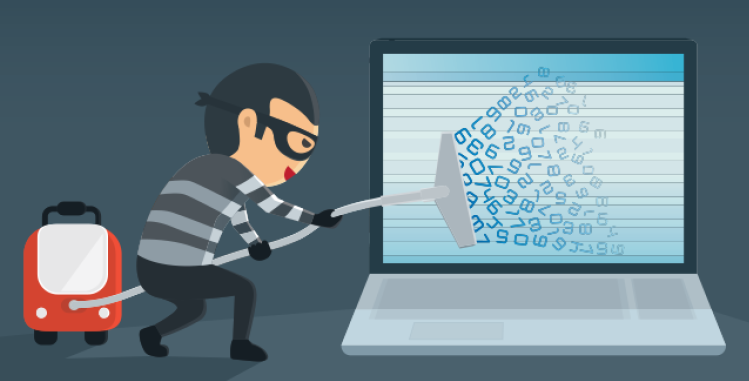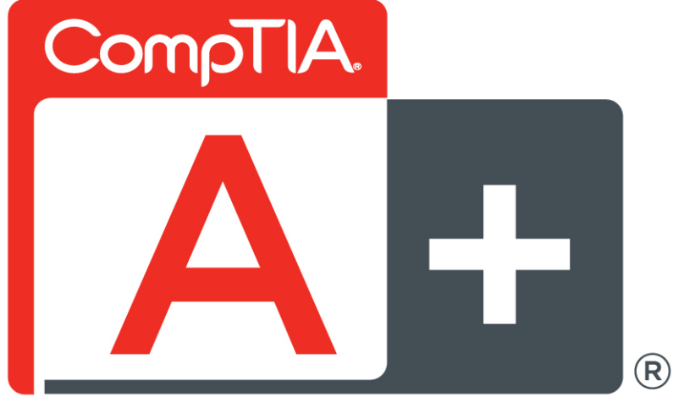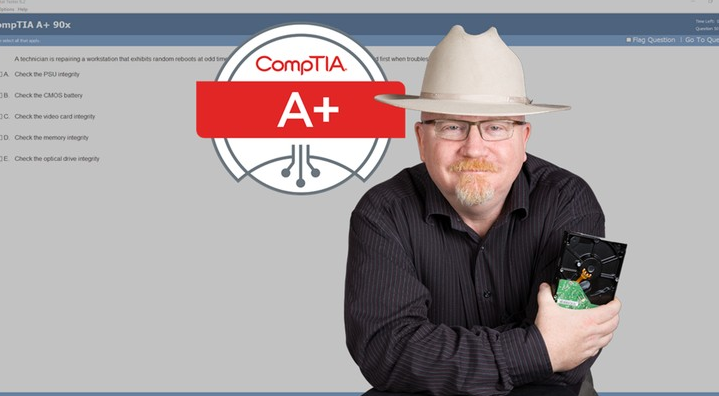Have you ever wondered how to directly connect with millions of potential customers, capturing their attention and interest? Good news — you already have the tool! It’s called email marketing, and it’s a game-changer for businesses of all sizes.
But here’s the catch: inboxes are crowded, attention spans are short, and boring emails just get ignored. With the right strategies, though, your emails can stand out, driving sales and turning casual readers into loyal customers.
So, how do you rise above the noise and become an email marketing pro? Get ready to dive into the most effective techniques to transform your emails from overlooked to unforgettable, converting clicks into loyal fans.
Email Marketing: The Smart Choice for Success
Why should you focus on email marketing? Even with the rise of social media and other digital channels, email is still a key part of a successful marketing strategy. Here’s why:
- Direct Access: Social media algorithms can limit your reach, but emails go straight to your audience.
- Personalization: You can tailor emails to make your audience feel special and understood.
- High ROI: According to the Data & Marketing Association, email marketing can earn $42 for every $1 spent, making it one of the most cost-effective marketing strategies out there.
Ready to learn the techniques that can supercharge your email marketing? Let’s get started!
1. Create a High-Quality Email List: Engage and Grow Your Audience
What is the secret to email marketing success? Having a list of people who actually want to hear from you! Here’s how to build it:
- Offer Something Awesome: Nobody gives away their email for nothing. So, give them a reason to sign up! This could be a free guide, a special discount, or exclusive access to something cool. Make it something they’ll love!
- Sign Up Made Easy: Don’t make joining your list a chore. Place clear and simple signup forms on your website, blog, and social media pages. The easier it is to join, the faster your list grows!
- Show You are the Real Deal: People trust others who trust you. So, show them testimonials from happy customers or how many people are already on your list. This makes you seem trustworthy and your emails more exciting!
2. Not All Inboxes Are Created Equal: Segment Your Audience
Imagine sending the same birthday card to your grandma and your teenage nephew. A bit off, right? That’s why “segmenting” your email list is like having a superpower for email marketing. It lets you treat everyone like an individual, not a faceless mass.
Here’s the deal: not everyone on your list has the same needs or wants. Some might be young and budget-conscious, while others prioritize luxury brands.
Segmentation helps you sort your subscribers into groups based on things like:
- Age, location, and income: Picture a cool new gadget. You’d advertise it differently to a teenager with allowance money versus a working professional.
- What they’ve done before: Did someone buy hiking boots? Maybe send them emails about cool trails. Did someone just browse your furniture section? Highlight your comfy couches!
- What they like: If someone signs up for your music newsletter, don’t spam them with recipes!
By segmenting your list, you can send emails that are truly relevant and interesting. This makes them more likely to get opened, clicked on, and ultimately lead to more sales!
3. Subject Line Superpowers: Turn “Delete” into “Open”!
Your subject line is like a movie trailer for your email – it needs to grab attention! Here’s how to write subject lines that make people want to click “open”:
- Be Brief and Clear: Get straight to the point! Tell people what your email is about in a clear and simple way. No need for fancy words they might not understand.
- Create a Buzz: Use words that make people curious or excited. “Limited Time Offer” or “Don’t Miss Out!” can create a sense of urgency and encourage them to open your email right away. But be honest! Fake urgency can hurt your reputation.
- Personal Touch: People love feeling special. Including someone’s name in the subject line, like “Hey [Name], Check Out This Deal!” can grab their attention and increase the chances they’ll open your email.
- Emojis: Use Them Wisely: A smiley face or a thumbs-up emoji can make your subject line stand out. But don’t go overboard! Use them sparingly and only if they make sense for your message.
4. Make Your Emails Awesome: Stuff People Want to Read!
Nobody wants to open emails that are just boring ads. So, how do you make yours something people actually look forward to? Here’s the secret: fill them with awesome stuff!
- Teach Something Cool: Share tricks, tips, or interesting facts related to your business. Think workout routines if you sell fitness gear, or delicious recipe ideas if you run a bakery.
- Secret Deals Just for Them: Make your subscribers feel special with exclusive discounts or early access to new products. It’s a great way to show your appreciation and keep them coming back for more.
- Tell a Story: People love a good story! Share success stories from your customers, interesting industry news, or even a fun anecdote from your company. This makes your emails more interesting and memorable.
- Tell Them What to Do Next: Every email needs a clear call to action (CTA). Think of it as a gentle push. Whether it’s “Shop Now,” “Learn More,” or “Sign Up,” make sure your CTA is easy to find and tells people exactly what you want them to do next.
5. Optimize Your Emails for Mobile: Look Great on Any Device
Most people check email on phones, not computers! If your emails don’t work on phones, you are missing a lot of readers! Here is how to make your emails mobile-friendly:
- All Screens Welcome: Ensure your emails look great on any device by using a responsive design. This means your email layout should adjust to different screen sizes.
- Keep It Short: Make your content brief and to the point. Long paragraphs are difficult to read on small screens. Use bullet points and short sentences to make your emails easy to read.
- Big, Easy Buttons: Don’t make people hunt for what to do next! Make your buttons nice and big, so they are easy to tap on a phone screen. This makes it easier for users and boosts the chances of conversions.
6. Grade Your Emails: Are They Passing the Test?
Wondering if your emails are hitting the mark? Give them a little test! Here’s how:
- Experiment: Try different versions of your emails — vary the subject lines, content, images, and call-to-action buttons. Send these variations to small groups and see which gets the best response.
- Track Results: Monitor key metrics like open rates, click-through rates, and conversions. These numbers show how well your emails are performing and where you can improve.
- Learn and Adapt: Use the data to refine your emails. If something isn’t working, tweak it. The more you test and adjust, the better your emails will become!
7. Stay Regular, Be Yourself, and Look Familiar!
Nobody likes a friend who disappears for months, right? The same goes for email marketing! Here’s how to be a reliable email sender your subscribers will love:
- Pick a Routine: Decide how often you want to email, like every week, two weeks, or once a month. Stick to it! This helps people know when to expect your messages and keeps things organized on your end.
- Be You! Imagine your emails have a personality. Are they fun and friendly, serious and professional, or maybe a bit quirky? Whatever it is, keep it consistent throughout your emails! This helps people recognize your brand and builds trust.
- Same Look, Different Message: Think of your emails like wearing a recognizable outfit. Use similar colors, fonts, and images each time. This makes your emails instantly familiar and reinforces your brand in their minds.
8. Make Emails Personal and Powerful!
Email marketing isn’t just about pushing products. It’s about building a connection with your audience, like a supportive team. Here’s how to make it more personal and powerful:
- Talk Back and Forth: Encourage people to reply to your emails! Ask questions, see what they think, and even answer their messages. This two-way conversation builds a sense of community and makes them feel like they matter.
- Help Them Out: Not every email needs to be a sales pitch. Share useful info that helps people solve problems or reach their goals. This shows you care about them and makes you an expert, not just someone trying to sell stuff.
- Show You Care: Express gratitude to your subscribers for being great! Send a “thank you” email, offer rewards for their loyalty, or highlight their achievements. Making them feel valued helps build a strong connection.
9. Email Rules: Stay Legal and Keep Readers Happy!
Email marketing has some rules, kind of like traffic laws. Following them keeps you out of trouble and makes your subscribers happy. Here’s what you need to know:
- Permission to Email: Always ask people for permission before emailing them. Make it clear and easy for them to say “yes” or “no” to your emails.
- Easy Escape: Give people a clear way to unsubscribe from your emails if they don’t want them anymore. Respect their decision and remove them from your list quickly.
- Privacy Matters: Treat your subscribers’ information like a secret. Be clear about how you collect, use, and store their info. Trust is key in email marketing.
Following these simple rules keeps you legal and helps you build strong relationships with your subscribers!
10. Automate Your Emails to Save Time and Engage More
Tired of spending hours sending emails? Automation can help! Here’s how it can save you time and keep your subscribers happy:
- Welcome New Subscribers: Set up automatic emails that greet new subscribers. It’s a great way to introduce yourself and offer helpful info right away.
- Helpful Reminders: Create a series of automatic emails that help people learn more about your stuff over time. Think of them like gentle reminders with useful info.
- Win Them Back: Set up automatic emails to reconnect with folks who haven’t opened your emails in a while. Offer a discount or ask their opinion to see how you can win them back.
Automation lets you send the right emails at the right time, saving you a ton of time and keeping your subscribers engaged!
Turn Your Emails into Sales: Start Today!
Stop flooding inboxes! Imagine creating real connections with your readers, giving them valuable info, and helping them become happy customers. That’s the magic of effective email marketing!
These techniques – from building a great subscriber list to crafting awesome subject lines and sending helpful content – are your key strategies. They’ll transform your emails from unread messages to sales champions!
Ready to stop your emails from being ignored and see amazing results? Start using these ideas today. It’s not just about sending emails; it’s about creating connections that boost sales. Use these techniques to engage with your audience like never before and watch your business grow!









 (A homemade lab set-up for testing VOIP phones)
(A homemade lab set-up for testing VOIP phones)
Recent Comments